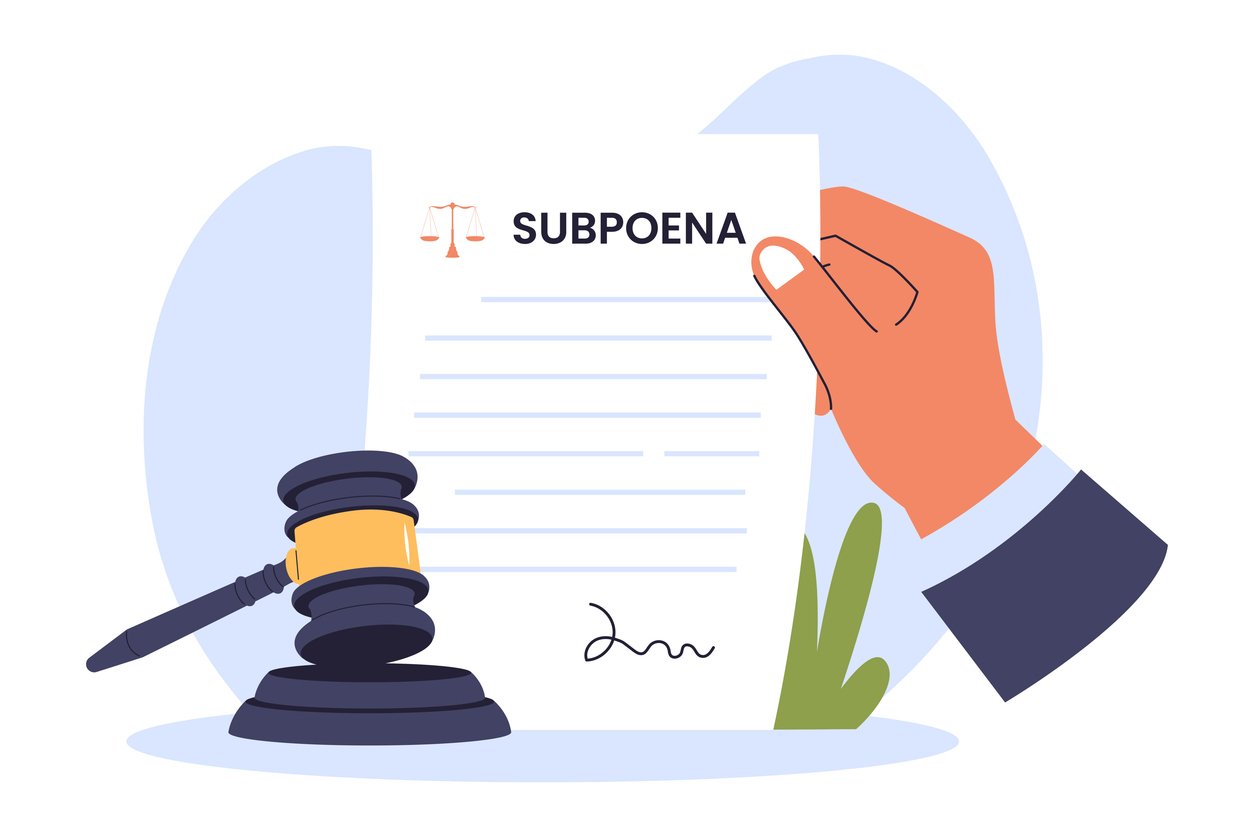
Pre-Production: The Planning Phase
Pre-production is the initial stage of TV production, where all the planning and groundwork are laid out. During this phase, several key tasks are completed to ensure a smooth production process.
Concept Development and Scriptwriting
Every TV show begins with an idea. Once the concept is finalized, writers develop scripts that outline the dialogue, scenes, and narrative structure. This step is crucial as it sets the foundation for the entire production.
Budgeting and Scheduling
Producers establish a budget that covers all aspects of production, including equipment, cast, crew, locations, and post-production. Alongside this, a detailed shooting schedule is created to keep the production on track.
Casting and Crew Selection
Finding the right cast and assembling a skilled crew is vital for the success of any TV show. Casting directors audition actors, while producers hire key crew members such as directors, camera operators, sound technicians, and editors.
Production: Bringing the Script to Life
Once pre-production is complete, the production phase begins. This is where the actual filming takes place, with the crew working to capture the scenes outlined in the script.
Filming on Location or in Studio
Depending on the nature of the show, filming can take place on location or in a studio. Studio productions provide more control over lighting and sound, while on-location shoots can offer a more authentic and dynamic setting.
Direction and Cinematography
Directors guide the actors’ performances and manage the visual storytelling, while cinematographers handle the camera work, lighting, and shot composition. This collaboration ensures that the show’s vision is effectively translated on screen.
Post-Production: Polishing the Final Product
The final stage of TV production is post-production, where the raw footage is edited and refined into a finished product ready for viewers.
Editing and Sound Design
Editors piece together the best shots, cut scenes for pacing, and add special effects if needed. Sound designers enhance the audio, adding music, sound effects, and dialogue adjustments to ensure a seamless viewing experience.
Color Grading and Visual Effects
Color grading enhances the mood and tone of the show by adjusting the color palette, while visual effects (VFX) are added to create elements that were not captured during filming, such as CGI elements.
TV production is a multi-step process that requires careful planning, creativity, and collaboration. Each phase, from pre-production to post-production, plays a crucial role in bringing a television show to life. If you need assistance navigating the legal aspects of TV production, including contracts and licensing, contact Law Advocate Group, LLP today. Our expert team is here to support your production needs every step of the way.



